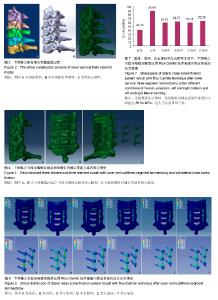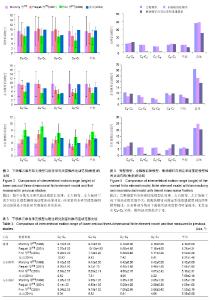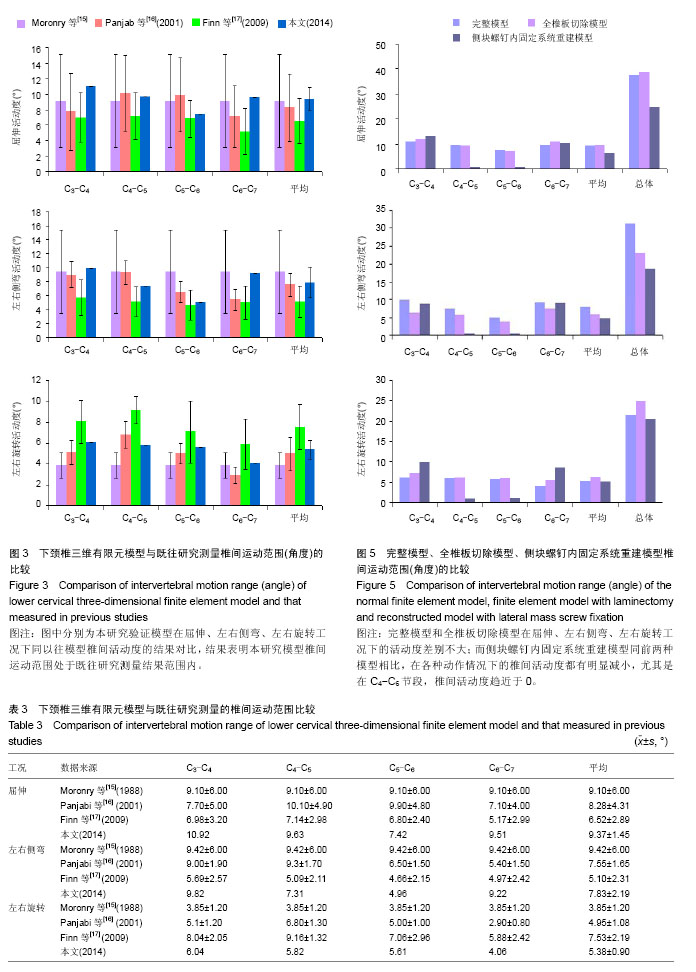| [1] Anderson PA, Henley MB, Grady MS, et al. Posterior cervical arthrodesis with AO reconstruction plates and bone graft. Spine. 1991;16(3 Suppl): S72.
[2] Ebraheim NA, Hoeflinger MJ, Salpietro B, et al. Anatomic considerations in posterior plating of the cervical spine. J Orthop Trauma. 1991;5(2): 196-199.
[3] Jeanneret B, Magerl F, Ward EH, et al. Posterior stabilization of the cervical spine with hook plates. Spine. 1991;16(3): S56-S63.
[4] Pait TG, McAllister PV, Kaufman HH. Quadrant anatomy of the articular pillars (lateral cervical mass) of the cervical spine. J Neurosurg. 1995;82(6): 1011-1014.
[5] Inoue S, Moriyama T, Tachibana T, et al. Cervical lateral mass screw fixation without fluoroscopic control: analysis of risk factors for complications associated with screw insertion. Arch Orthop Trauma Surg. 2012;132(7): 947-953.
[6] Coe JD, Warden KE, Sutterlin 3rd CE, et al. Biomechanical evaluation of cervical spinal stabilization methods in a human cadaveric model. Spine. 1989;14(10):1122.
[7] Gill K, Paschal S, Corin J, et al. Posterior plating of the cervical spine: A biomechanical comparison of different posterior fusion techniques. Spine. 1988;13(7): 813-816.
[8] Kotani Y, Cunningham BW, Abumi K, et al. Biomechanical analysis of cervical stabilization systems: an assessment of transpedicular screw fixation in the cervical spine. Spine. 1994; 9(22): 2529-2539.
[9] Sutterlin 3rd CE, McAfee PC, Warden KE, et al. A biomechanical evaluation of cervical spinal stabilization methods in a bovine model. Static and cyclical loading. Spine. 1988;13(7): 795-802.
[10] Kim SH, Seo WD, Kim KH, et al. Clinical Outcome of Modified Cervical Lateral Mass Screw Fixation Technique. J Korean Neurosurg Soc. 2012;52(2): 114-119.
[11] 段扬,靳安民,张辉,等.下颈椎全椎板切除后不同内固定技术螺钉的应力分布[J].中国脊柱脊髓杂志, 2010, 20(11): 889-894.
[12] Zhang QH, Teo EC, Ng HW. Development and validation of a C0–C7 FE complex for biomechanical study. J Biomech Eng. 2005;127(5): 729-735.
[13] Yoganandan N, Kumaresan S, Pintar FA. Biomechanics of the cervical spine Part 2. Cervical spine soft tissue responses and biomechanical modeling. Clin Biomech. 2001;16(1): 1-27.
[14] Hong-Wan N, Ee-Chon T, Qing-Hang Z. Biomechanical effects of C2–C7 intersegmental stability due to laminectomy with unilateral and bilateral facetectomy. Spine. 2004;29(16): 1737-1745.
[15] Moroney SP, Schultz AB, Miller JAA, et al. Load-displacement properties of lower cervical spine motion segments. J Biomech. 1988;21(9): 769-779.
[16] Panjabi MM, Crisco JJ, Vasavada A, et al. Mechanical properties of the human cervical spine as shown by three-dimensional load–displacement curves. Spine. 2001;26(24): 2692-2700.
[17] Finn MA, Brodke DS, Daubs M, et al. Local and global subaxial cervical spine biomechanics after single-level fusion or cervical arthroplasty. Eur Spine J. 2009;18(10):1520-1527.
[18] 陈宣煌,林海滨.数字化设计在脊柱疾病中的应用[J].中国组织工程研究, 2012, 16(22): 4159-4168.
[19] 余华,李少星,赵长义,等.胫骨远端关节面缺损有限元模型的生物力学分析[J].中国组织工程研究, 2013, 17(43): 7571-7580.
[20] 黄进成,刘曦明,蔡贤华,等.累及方形区的髋臼骨折有限元建模及固定方法比较[J].中华创伤杂志, 2014, 30(5): 449-454.
[21] 彭鳒侨,张占磊,钟世镇,等.虚拟置换后的膝关节力学分析[J].中国组织工程研究, 2013, 17(52): 8974-8980.
[22] 黄海晶,马信龙,马剑雄,等.正常与畸形愈合跟骨应力分布的比较研究[J].中华骨科杂志, 2013, 33(4): 336-341.
[23] 席焱海,叶晓健,何海龙.下颈椎双侧关节突交锁三维有限元模型的建立和验证[J].中华医学杂志, 2014, 94(1):47-50.
[24] 李雷,姜红堃,王刚,等.颈枕部三维非线性有限元模型的有效性验证[J].中国组织工程研究, 2013, 17(17): 3049-3056.
[25] 袁元杏,万磊,尹庆水,等.中国数字人CT数据颈椎运动节段有限元模型的建立[J].中国组织工程研究, 2011, 15(26): 4915-4918.
[26] 李斌,赵文志,陈秉智,等.全颈椎有限元模型的建立与验证[J].中国组织工程研究与临床康复, 2010, 14(13): 2299-2302. |



